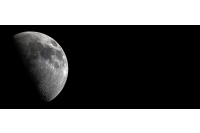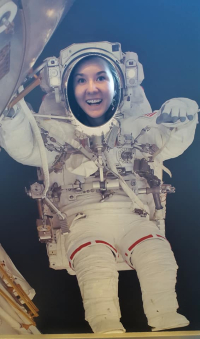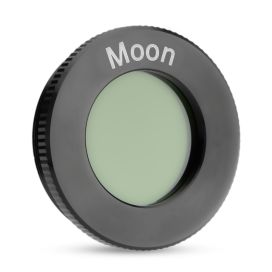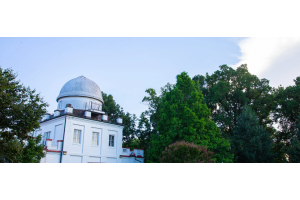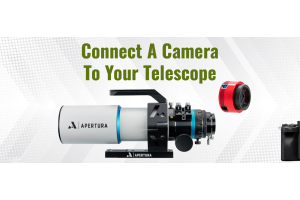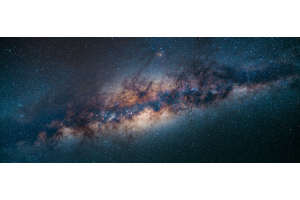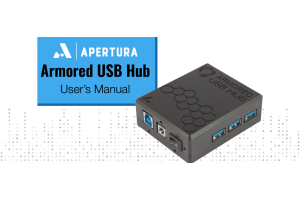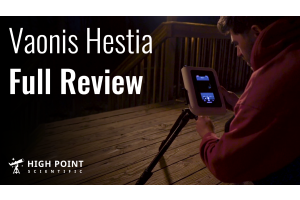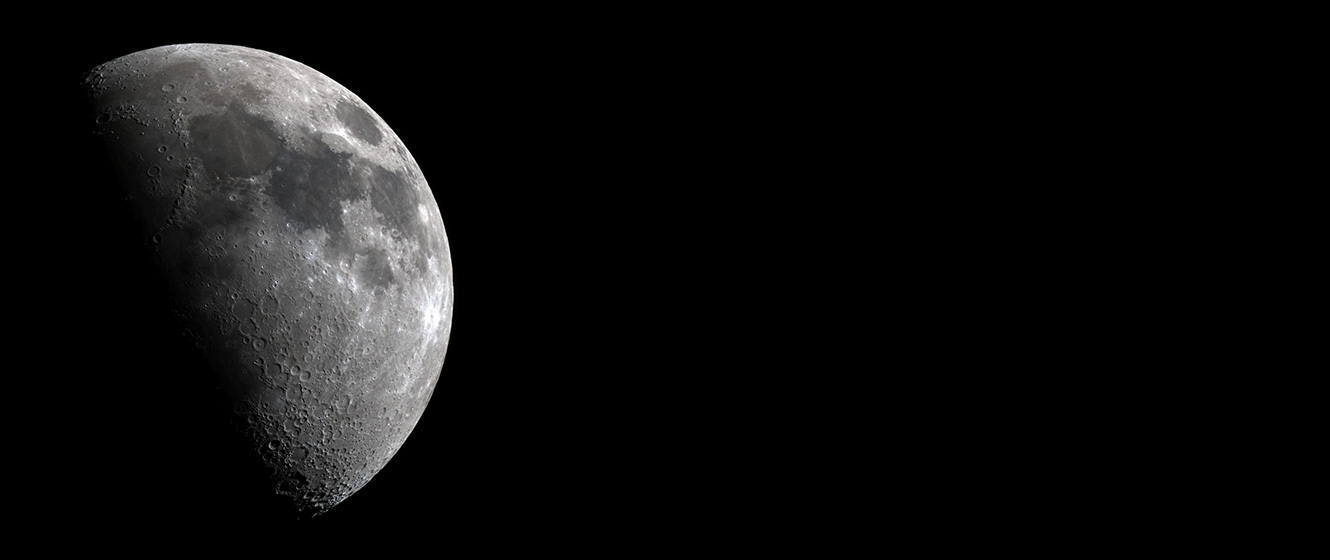
When to View the Moon
You might be tempted to wait until the next full moon to get a good view of everything there is to see, but surprisingly enough, this actually isn’t the best time for lunar observation. The Moon is “full” when the Earth is between the Sun and the Moon, allowing the Moon to be fully illuminated. You know how the world is bathed in an almost ethereal light on nights when the Moon is full? Well, picture that brightness concentrated and magnified by your telescope. Fine details are washed out by the glare, and it’s hard to get your eye to focus on anything for very long. Of course, you can always purchase a telescope moon filter, which adds contrast and reduces glare so you can make out more surface features.
The absolute best time to view the Moon is a few days after the first quarter―that is, when exactly half the Moon is illuminated. At this phase it is perfectly positioned in the night sky and there is enough light to reveal an astonishing amount of detail. Pay particular attention to the terminator (not the cyborg kind). The Moon’s terminator is the point of division where the illuminated half and the half still in shadow meet. Along this line, there’s a lot to see. The next section will cover which features you should be looking for and how to spot them.
Resources:
Refer to a lunar calendar to find out exact dates and times for every phase of the moon.
WHAT TO LOOK FOR AND HOW TO SEE IT
So, you’ve waited until the first quarter, pointed your telescope at the moon, and now you’re ready to see…what, exactly? While you certainly can view the moon simply to enjoy its beauty, it’ll be more fun if you know what you’re looking at.
There are numerous lunar maps and informational books available that will act as your guide as you discover various craters and mountains. Some of the surface features are named after astronomers, but many have Latin names such as Sinus Honoris (Bay of Honour). Don’t forget that your telescope might invert, reverse, or reverse and invert the image, so be sure you know the orientation so you can read and follow your map correctly.
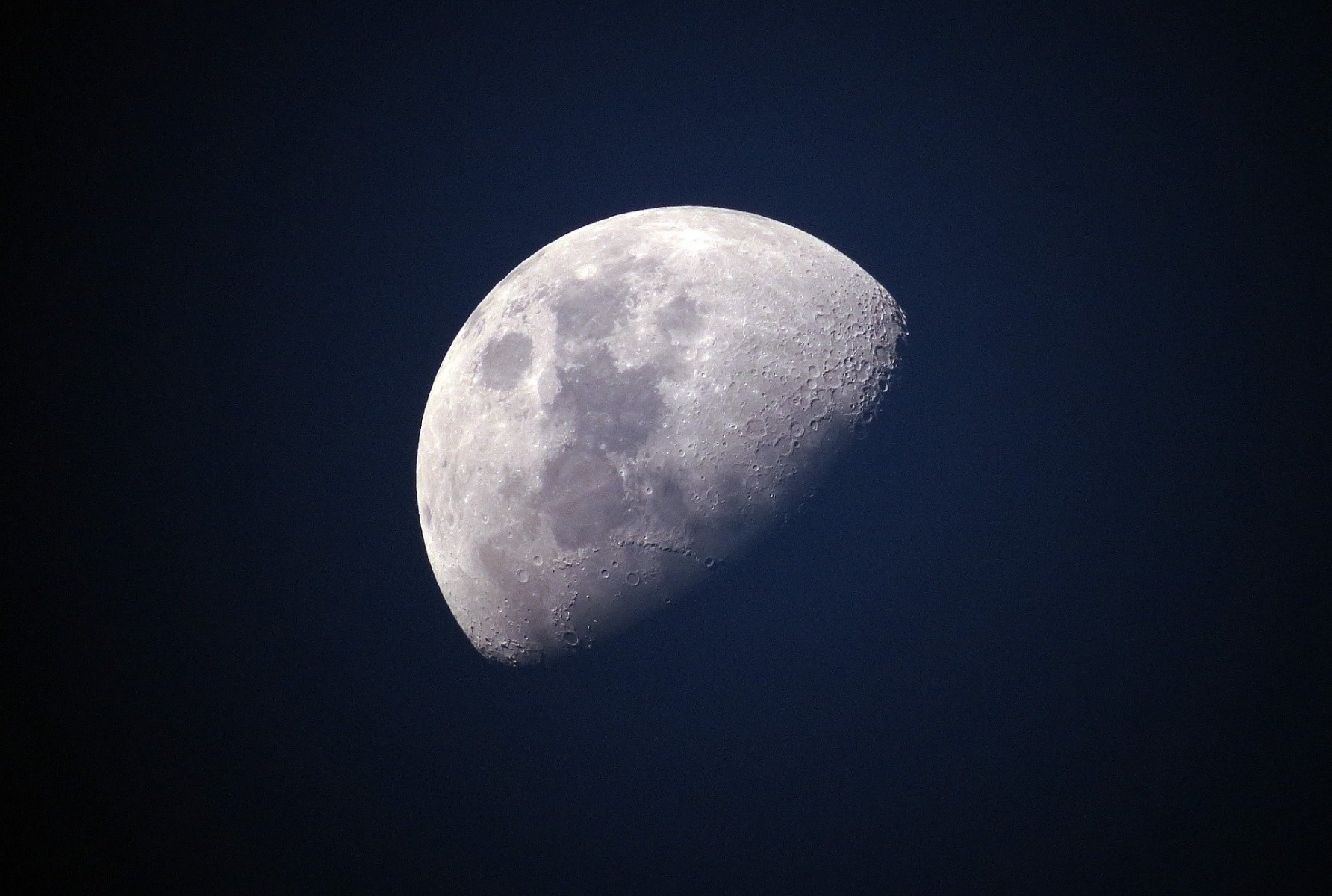
While we began this article stating that you can’t see remnants of the Apollo mission from your telescope, you can look for the landing site - or rather, one of the six Apollo landing sites. The best way to do so is to use a few of the most prominent craters as your starting points and move from there. Many lunar maps will mark these locations to help you find them. You may not see footprints or lunar modules, but you’ll still be looking at the places where humans first began to venture outside our own planet.
You can also start at the terminator, since that’s where many features will be the most clearly defined thanks to the shadows that offer a better 3D effect than illumination alone can. While the craters that you see there may look like tiny pockmarks, keep in mind that some are actually the size of cities. Isn’t that amazing?
You don’t have to be too worried about magnification, either. 50x magnification will let you see the whole moon, while you can use 150x to get in closer and reveal more details.
Every amateur astronomer should start with the Moon, not just because it’s easy to locate with a telescope but also because it fills you with a sense of wonder. We have a constant companion on our lonely journey that our ancestors, ourselves, and future generations continue to look towards and marvel at. There’s so much to be seen, so take all the time you need to get to know Earth’s ever watchful warden―the Moon.
This Article was Last Updated on 07/18/2023

